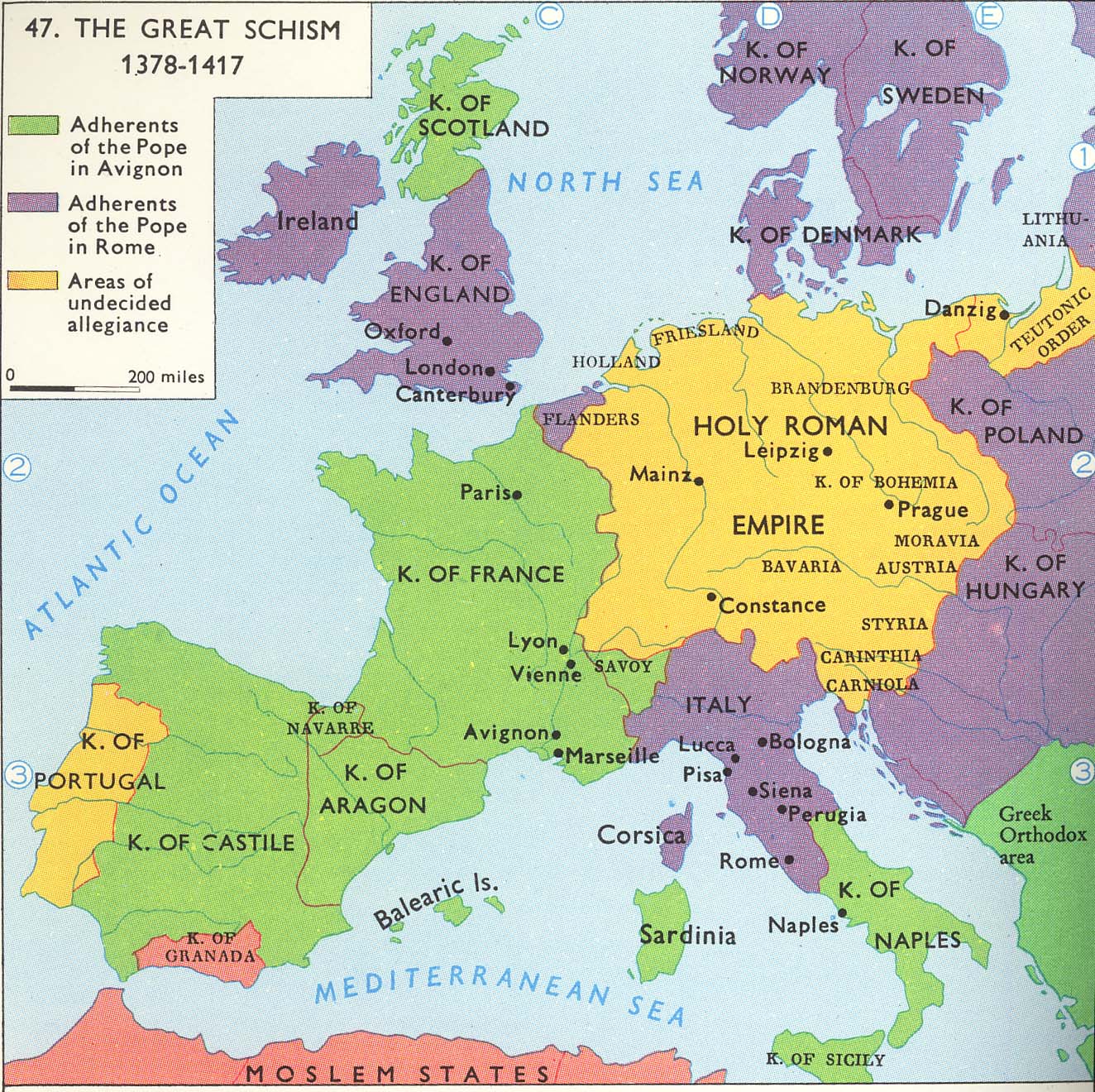Well, it was the best thing in the field at the time for that purpose. But it was also a stop-gap measure as a result of the British not having any other feasible tank countermeasure to the heavy cats.albino boo said:The Sherman firefly with the 17pdr gun was the best hole puncher of the Shermans. The 17pdr firing APDS could go through the front armor of even a King Tiger. German standing orders made the firefly a priority target.
I still say they were superior machines at the time they were first encountered in Barbarossa, but tanks are little use without a crew and their comfort was pretty badly overlooked. A lot of the tanks that faced the Germans didn't even have radios, so while they might hold off columns of tanks and AT guns or wreak havoc among supply columns, they were pretty screwed in terms of support. And then, like you mentioned, there's the cramped turret that meant one less crew member. But it had better arms and armour (and cross-country mobility and range, assuming it was maintained and the crews had everything they needed, which I doubt they did during the early disasters).MrFalconfly said:This mostly depends on what the tank-crews themselves value the most (and that tends to be ergonomics).
All the T-34 variants have absolutely horrible ergonomics in common.
* There's no turret-basket (meaning, bigger chance for the turret-monster to grab some vital equipment, or a limb).
* No seat for the loader (meaning he has to follow the turret around, while it traverses, stepping over spent casings, risking tripping over, and being grabbed by the aforementioned "turret-monster". This lack of a seat and proper turretfloor is further compounded by the relatively high speed of the turrets powered traverse)
* The drivers compartment and fighting compartment isn't separated like in most tanks (meaning there's a risk of various heavy metal bits of the turret, interfacing with the heads of the driver and radio-operator/machine-gunner).
* The variants prior to the T-34/85 had the very serious issue, that the Commander had to pull double-duty as loader.
The only point at which the T-34 is qualitatively better would be armament, given that the T-34/85 has an 85mm gun, while the most heavily armed hole-puncher of the Shermans was following the Easy-8 programme with the wide tracks, HVSS suspension, and 76mm gun M1.
Counting the crew and the tank together, though, I do have to say that I think the Sherman's probably the better bet.
Yeah, I think I worded that misleadingly. I can't recall the proper wording of it without finding the book again, but from what I read, if it weren't for the uniforms they'd have been unrecognizable. Sort of like how if you take someone off the street and dress them up like a soldier next to a real soldier, unless you picked a pretty good actor your eye would figure out that something was up. Does that make sense? I'm not sure I'm running on a full tank of caffeine.Silverbeard said:(Snip).


